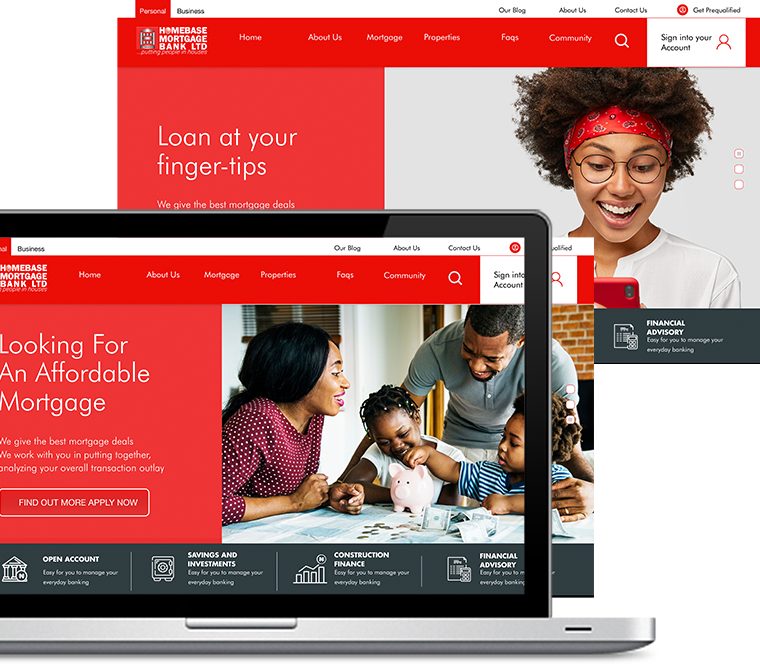Improve website’s design is an essential aspect that directly affects the user experience. A well-designed website can improve user engagement, encourage interaction, and drive conversions. In this guide, we’ll cover the key elements of website design and provide tips for creating a website that delivers an exceptional user experience.website design
Navigation: Navigation should be easy to use and intuitive, allowing visitors to quickly find what they’re looking for. Consider using clear and concise labels, drop-down menus, and a search bar to improve navigation.
Visual Design: Visual design elements, such as color, typography, and images, play a critical role in Improve website design. Use colors that complement each other and a consistent font throughout the site to improve readability and create a cohesive look. High-quality images can also help to engage visitors and convey your brand’s message.
Responsive Design: With more and more people accessing websites on mobile devices, it’s essential to ensure that your Improve website is optimized for mobile devices. A responsive design adjusts the layout of the site based on the device’s screen size, providing an optimal viewing experience for all users.
Content: Content is king, and your Improve website’s design should support and enhance the content. Ensure that your content is well-organized and easy to read, using headings, bullet points, and short paragraphs.
Loading Speed: A slow-loading website can drive visitors away. Optimize your images, use a content delivery network, and minimize the use of plugins to improve your website’s loading speed.
Conclusion:
Website design is a critical aspect of your online presence, and a well-designed website can improve user engagement, encourage interaction, and drive conversions. By incorporating the key elements of website design, you can create a website that delivers an exceptional user experience and drives business results.









